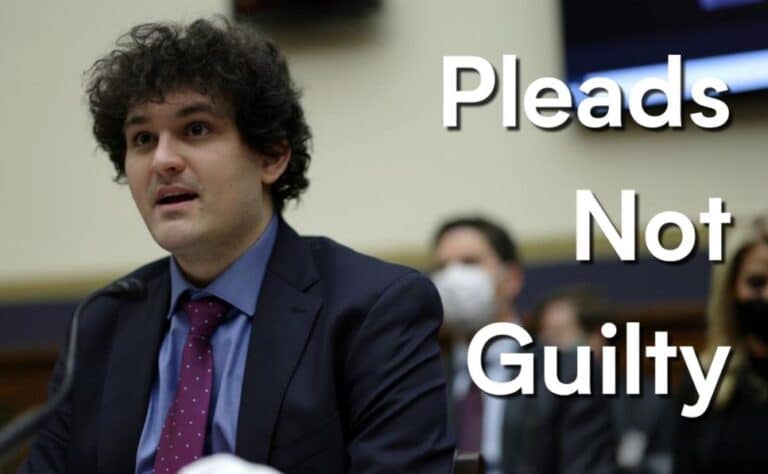Last Friday, the Biden Administration announced a new framework outlining its long-term plans for cryptocurrency regulation. The new framework comes after Biden’s executive order from March, in which he urged several government agencies to examine cryptocurrencies more closely in order to ensure their responsible and secure development. So what’s exactly in store for the future of crypto in the United States? Here are a few key priorities outlined in the White house’s fact sheet:
Exploring The Creation of a Digital Dollar
The United States is exploring the possibility of a digital US dollar, called a Central Bank Digital Currency (CBDC). It would establish a payment system that is efficient, environmentally sustainable, and has potential to grow technologically over time. It would usher in a new era of monetary technology – but CBDCs come with their own issues as well, especially in the area of illicit transactions and high usage during times of financial crisis. The US government has not yet committed to developing a CBDC, since further research is needed to establish support for how a potential digital dollar could benefit the US.
Ensuring Financial Stability
The government will also address digital assets’ stability risks, citing the instability of stablecoins like TerraUSD, which collapsed in May and caused the loss of billions of dollars. In an effort to protect consumers from situations like Terra, The Treasury will work with financial institutions to strengthen their networks in terms of capacity and cybersecurity to lessen vulnerabilities. Other agencies will also be involved in the analysis of ongoing and emerging risks in digital asset markets. One thing to look out for is the Financial Stability Oversight Council (FSOC) report on digital assets’ financial-stability risks and identifying related regulatory gaps in October.
Advocating for Responsible Innovation
The United States is home to almost half of the world’s most valuable fintech companies, according to the Center for Finance, Technology and Entrepreneurship. For digital asset companies to grow and innovate responsibly, the government will “sponsor cutting-edge research, help firms compete globally, assist them with compliance, and work with them to mitigate harmful side-effects of technological advancement”. This could mean a multitude of things, but it appears that the US is committed to being involved with the private sector’s advancement in digital asset technology. One interesting takeaway from this point is that the Department of Commerce will consider creating a forum where federal agencies, industries, academics, and citizens can discuss ideas to inform the creation of future regulation.
What Does This Framework Mean for Crypto?
It’s hard to say exactly what the government’s final plan will look like, but the new framework does tell us a few things. In the release, it is said that “The U.S. government has long played a critical role in priming responsible private-sector innovation…in keeping with this tradition, the Administration plans to take the following steps to foster responsible digital asset innovation”. This is encouraging news since it appears that the Administration is more interested in cooperating with the digital asset sector than in completely banning it without consulting industry leaders. Stepping into new technology and fostering connections between government agencies, private companies, and consumers is essential if the United States is to continue to be a dominant force in the world of finance.








